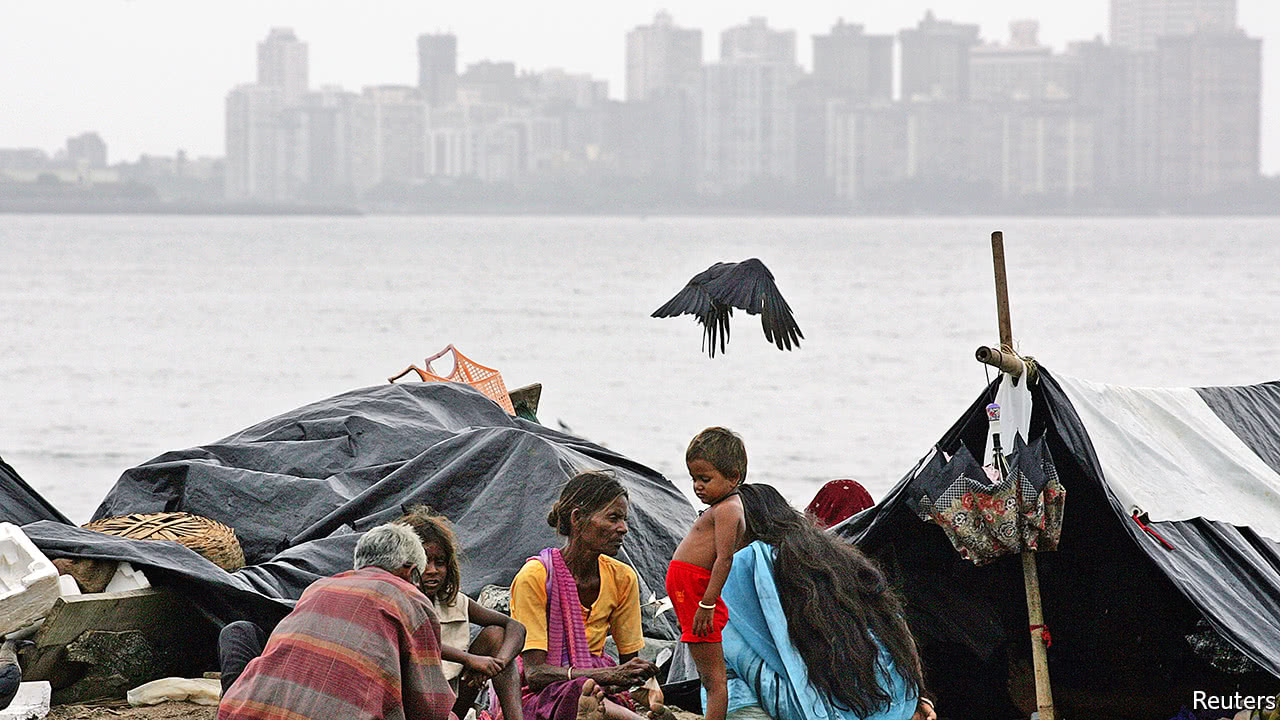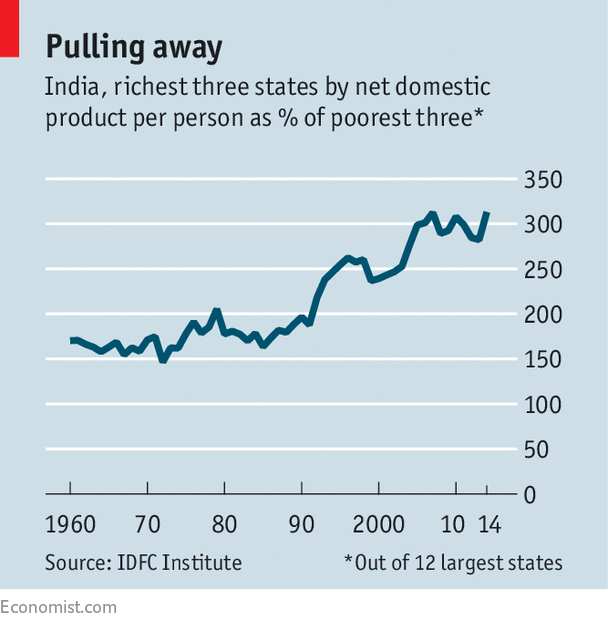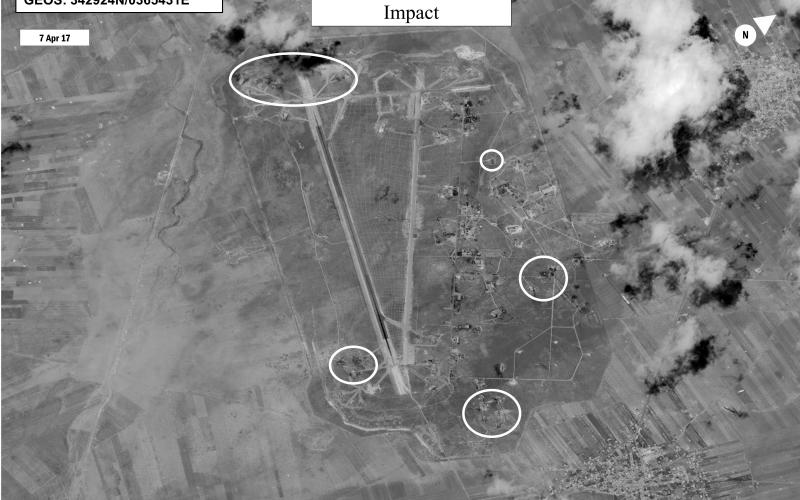Robert D. Kaplan
 Over the span of the decades since World War II, the United States Navy has made Asia rich but not altogether stable. It was only the security guarantee provided by the U.S. Navy that allowed Asian countries not to fear one another and thus to concentrate on building their economies instead of their militaries. The result has been the Asian economic miracle, which began to gather force in the late 1970s and has continued to the present day. Of course, Asians themselves have ascribed their success to “Asian values”—the emphasis on order and hierarchy embodied in the Confucian ethos. But “the region’s peaceful postwar coexistence, far from being somehow organic to local political cultures,” notes Richard McGregor in “Asia’s Reckoning,” “had been underwritten by the U.S. military.”
Over the span of the decades since World War II, the United States Navy has made Asia rich but not altogether stable. It was only the security guarantee provided by the U.S. Navy that allowed Asian countries not to fear one another and thus to concentrate on building their economies instead of their militaries. The result has been the Asian economic miracle, which began to gather force in the late 1970s and has continued to the present day. Of course, Asians themselves have ascribed their success to “Asian values”—the emphasis on order and hierarchy embodied in the Confucian ethos. But “the region’s peaceful postwar coexistence, far from being somehow organic to local political cultures,” notes Richard McGregor in “Asia’s Reckoning,” “had been underwritten by the U.S. military.”
Now the situation is changing. The rise of the Chinese navy and the arms race that it has set off across Asia have made the region’s stability tenuous. “A single shot fired in anger” in the East China Sea (where China’s claims face off against Japan’s), or in some other zone of dispute, could send financial markets tumbling, Mr. McGregor notes, and affect “trade routes, manufacturing centers, and retail outlets on every continent.”
A former Financial Times bureau chief in Beijing and Washington, Mr. McGregor has written a shrewd and knowing book about the relationship between China, Japan and America over the past half-century. Among much else, he shows how the world’s top three economies are now imprisoned by increasingly unstable dynamics, and not only in the military realm.
















/arc-anglerfish-arc2-prod-mco.s3.amazonaws.com/public/PW6WGFX7INDVJCV6PSPFVCSPKQ.jpg)




